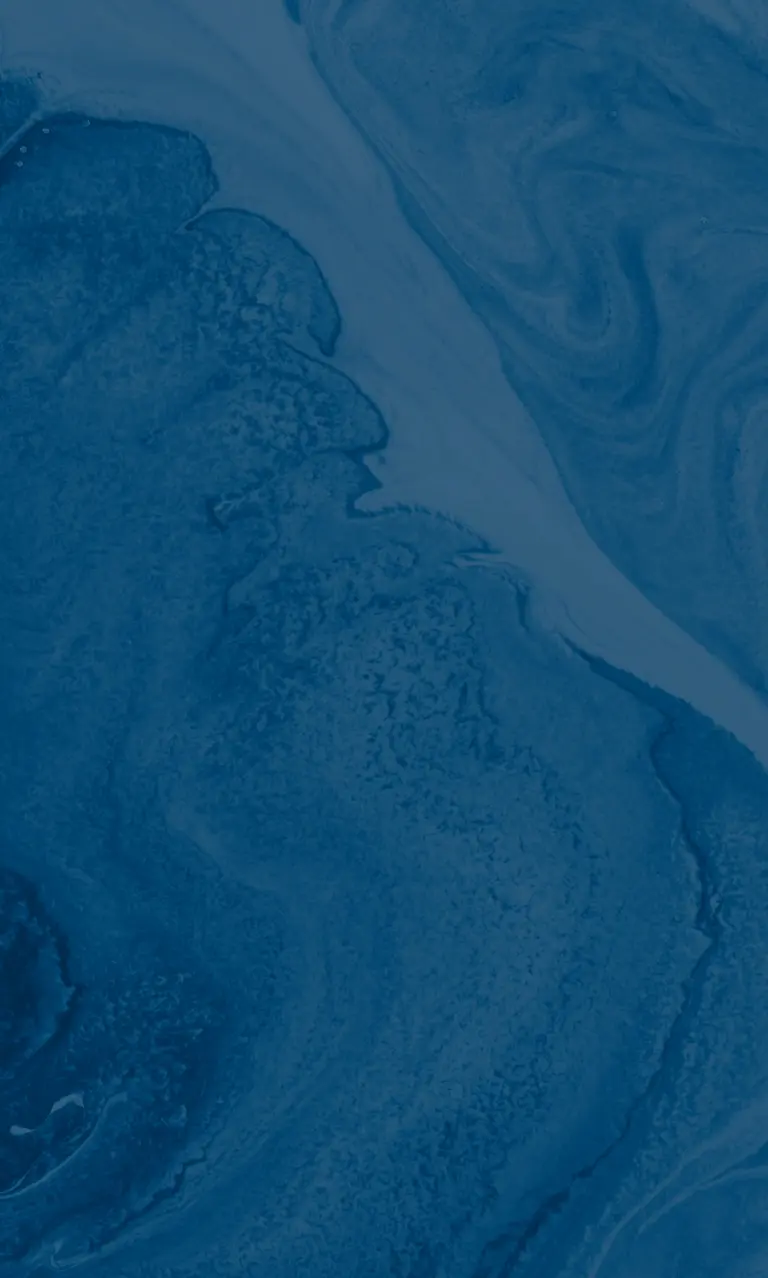HAPAR Observation to improve understanding of specialisation in a microalgae parasite responsible for red tides
Toxic algal blooms arise due to the rapid growth and accumulation of opportunist microalgae; these often belong to the dinoflagellate phylum.
Red tide phenomena are constantly increasing, both in frequency and intensity, and the eutrophication of coastal ecosystems appears to be the main cause of this.
Parasitism as a trophic mode is very common in nature, exercising great selection pressure on both the host and the parasite. It is of supreme importance in most questions of ecology, and especially in the emergence of infectious diseases and biological invasions, that we understand the mechanisms which generate, maintain and constrain the parasitic relationship.
Marine microalgae have many pathogens, including in particular eukaryotic parasites, which are extremely virulent. The genus Amoebophrya (order Syndiniales) is one of the most genetically diverse and widespread in the marine environment. These syndinian parasites must kill their host to complete their life cycle. Since they are so virulent, the syndinians are able to regulate dinoflagellate blooms quickly.
The HAPAR project aims to observe at molecular level the mechanisms and evolutionary forces which determine specialisation in syndinians, as a means of better understanding how these parasites infect their hosts.
Partners
Centres de recherche
- Station Biologique de Roscoff, UMR 7144, Roscoff [Porteur de projet]
- Station Biologique de Roscoff, Laboratoire FR 2424, Roscoff
- Commissariat à l'Energie Atomique/Direction des sciences du vivants/Institut Génomique/Génoscope (LABGeM), Évry
- Université de Gand, Gand
Funders
- Agence Nationale de la Recherche
